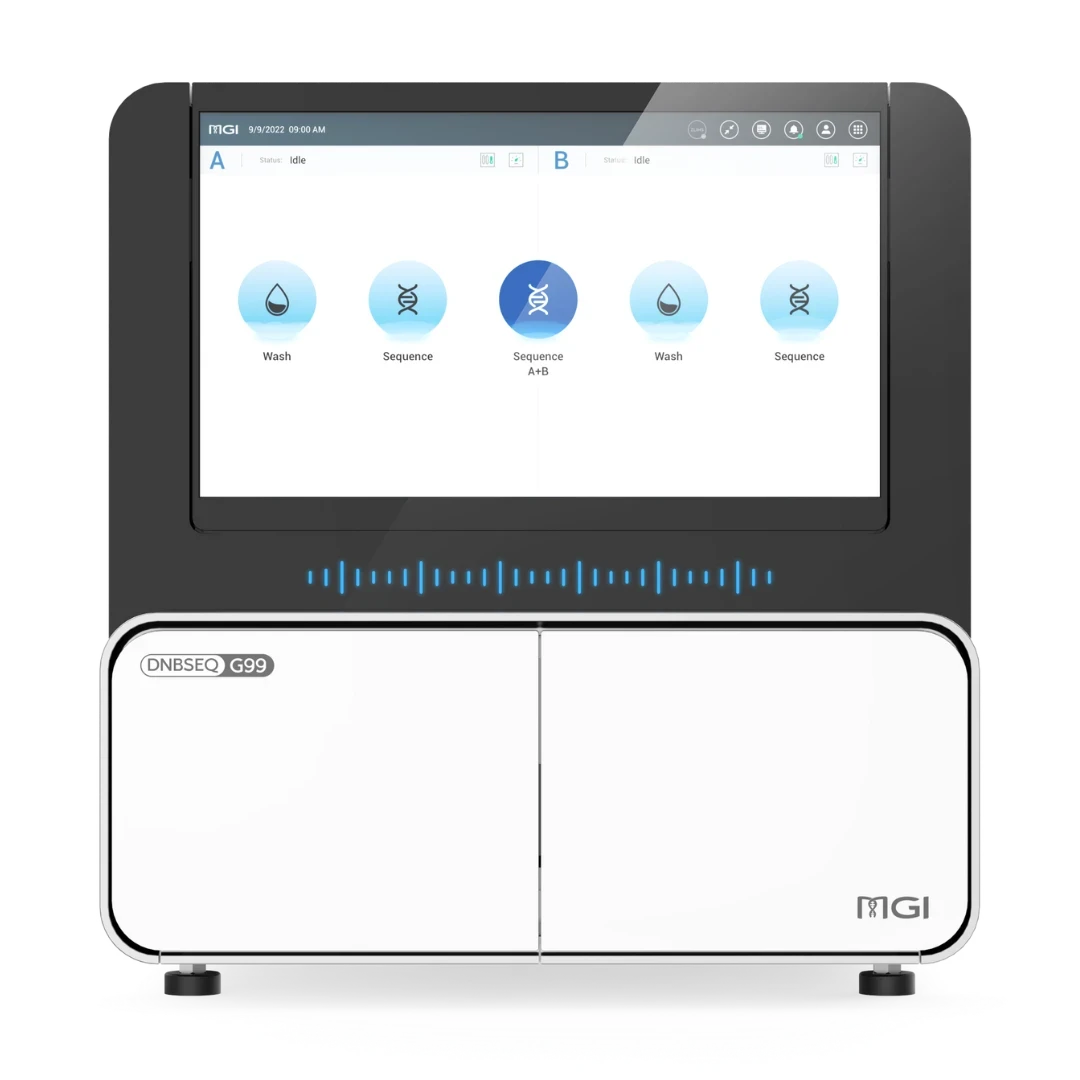Introduction
Whole Genome Sequencing (WGS) and Whole Exome Sequencing (WES) stand as two prominent methodologies, each offering unique insights into the genetic blueprint of organisms. While both techniques share the goal of deciphering genetic information, they differ significantly in scope, approach, and applications. This comprehensive guide aims to unravel the distinctions between WGS and WES, elucidate their respective benefits, and highlight the situational advantages of WGS over WES.
Understanding WGS and WES
History and Evolution
Whole Genome Sequencing (WGS): Whole Genome Sequencing emerged as a milestone achievement in the early 21st century, propelled by advancements in sequencing technologies such as next-generation sequencing (NGS). Initially a costly and time-consuming endeavor, WGS has evolved into a streamlined and cost-effective technique, enabling comprehensive analysis of an organism's entire genome.
Whole Exome Sequencing (WES): In contrast, Whole Exome Sequencing emerged as a strategic compromise between the exhaustive scope of WGS and the targeted approach of earlier sequencing methods. Developed in response to the growing recognition of the functional significance of protein-coding regions (exons) within the genome, WES selectively sequences only the exonic regions, thereby reducing sequencing costs and data volume.
Scope and Coverage
Whole Genome Sequencing (WGS): WGS offers unparalleled coverage of an organism's entire genome, encompassing both coding (exons) and non-coding (introns, intergenic regions) sequences. This comprehensive approach provides a holistic view of genetic variation, gene regulation, and evolutionary dynamics, making it particularly well-suited for complex genomic analyses and population studies.
Whole Exome Sequencing (WES): Conversely, WES focuses exclusively on sequencing the exonic regions of the genome, which constitute only about 1-2% of the total genome. While WES efficiently captures the protein-coding sequences responsible for encoding functional proteins, it overlooks crucial non-coding regions and may miss variants located outside the exome, limiting its utility for certain applications.
Applications and Advantages
Whole Genome Sequencing (WGS): The expansive scope of WGS unlocks a myriad of applications across diverse fields, including medical research, clinical diagnostics, evolutionary biology, and personalized medicine. By providing comprehensive genomic data, WGS facilitates in-depth analyses of genetic variation, disease mechanisms, and drug responses, enabling researchers and clinicians to make informed decisions and develop tailored interventions.
Whole Exome Sequencing (WES): WES finds its niche in scenarios where targeted analysis of protein-coding regions suffices for the intended purpose. Its streamlined approach and reduced sequencing costs make it an attractive option for studying monogenic disorders, identifying disease-causing mutations, and conducting large-scale genetic screenings. Additionally, WES may be preferred in settings where computational resources are limited or where specific genes or pathways are of primary interest.
Strengths and Weaknesses
Whole Genome Sequencing (WGS) Strengths:
Comprehensive coverage of the genome.
Unbiased detection of all types of genetic variants.
Facilitates discovery of novel genes and regulatory elements.
Enables population-scale studies and complex genomic analyses.
Whole Genome Sequencing (WGS) Weaknesses:
Higher sequencing costs and data storage requirements.
Computational challenges associated with data analysis and interpretation.
Limited sensitivity for detecting certain types of structural variants.
Whole Exome Sequencing (WES) Strengths:
Targeted sequencing of functionally relevant exonic regions.
Lower sequencing costs and reduced data volume.
Effective for identifying variants in known disease-associated genes.
Streamlined data analysis and interpretation pipelines.
Whole Exome Sequencing (WES) Weaknesses:
Limited coverage of non-coding regions and structural variants.
Inability to capture regulatory elements and intergenic regions.
Potential for missing variants outside of exonic regions.
Conclusion
While both WGS and WES offer valuable insights into the genetic landscape, their differences in scope, coverage, and applications make them suited for distinct purposes. While WES provides a cost-effective solution for targeted analysis of exonic regions, WGS stands out as the gold standard for comprehensive genomic analysis, offering unparalleled insights into genetic variation, disease mechanisms, and evolutionary dynamics. Ultimately, the choice between WGS and WES depends on the specific research or clinical objectives, budgetary constraints, and computational resources available, with WGS often emerging as the preferred option for its breadth and depth of genomic information.






